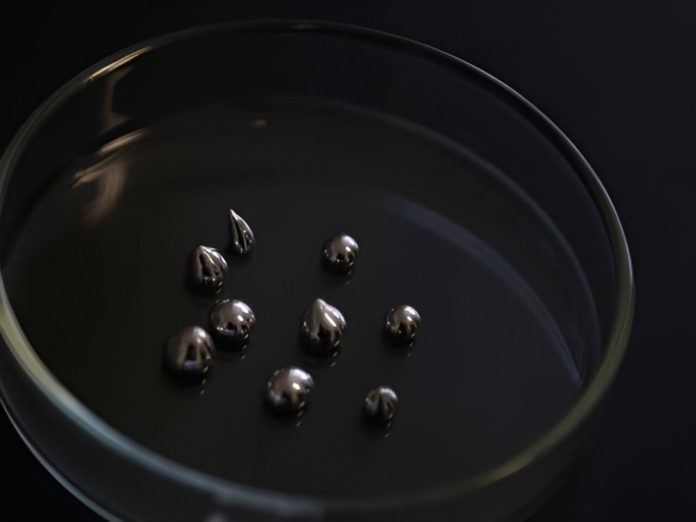
Researchers from the University of Sydney are pioneering a new method to reduce industrial emissions by harnessing the unique properties of liquid metals to enable greener and more sustainable chemical reactions.
Chemical production is a major contributor to greenhouse gas emissions, accounting for approximately 10-15% of the total.
Additionally, over 10% of the world’s energy is consumed by chemical factories, and this number is rising.
This high energy consumption is due to the significant amount of energy required to drive chemical reactions used in the manufacturing of various products.
Professor Kourosh Kalantar-Zadeh, head of the School of Chemical Engineering at the University of Sydney, emphasizes the importance of chemical reactions: “People often forget that chemical reactions are at the heart of all we have and use.
Almost all modern products, from medical-grade plastics to ammonia for agriculture, are created using chemical reactions that demand large amounts of energy, leading to increasing greenhouse gas emissions.”
The research team, publishing their findings in Science, proposes a revolutionary change in how chemical reactions are conducted.
By utilizing liquid metals, they aim to make these processes more energy-efficient and environmentally friendly.
Liquid metals, such as gallium, can dissolve other catalytic metals like tin, copper, silver, and nickel at low temperatures. These dissolved metals create alloys that promote chemical reactions without the need for the high temperatures currently required by traditional solid catalysts.
This approach has the potential to drastically reduce the energy consumption of chemical manufacturing processes.
Numerous chemical reactions could benefit from this new approach, including:
- Green Hydrogen Production: Using liquid metals could make hydrogen production more efficient and less energy-intensive.
- Polymer Synthesis: Creating specific chemicals used in household products could become more sustainable.
- Decomposition of Persistent Materials: Liquid metals could help break down microplastics and persistent substances like per- and polyfluoroalkyl substances (PFAS).
Last year, the team successfully tested a technique using liquid metals to replace solid catalysts in various chemical engineering processes. This method showed promise for creating a range of products, including plastics, fertilizers, fuels, and feedstock, with significantly lower energy requirements.
Professor Kalantar-Zadeh explains, “Using liquid metals for chemical reactions is still a very new concept. Most chemical reactions rely on decades-old processes. Tapping into the ‘atomic intelligence’ of metals in liquid form to drive reactions holds huge potential for transforming the future of chemical industries.”
The team’s innovative approach could lead to more sustainable and efficient chemical production methods, reducing both energy consumption and greenhouse gas emissions. This research marks a significant step towards a greener future for the chemical industry.



